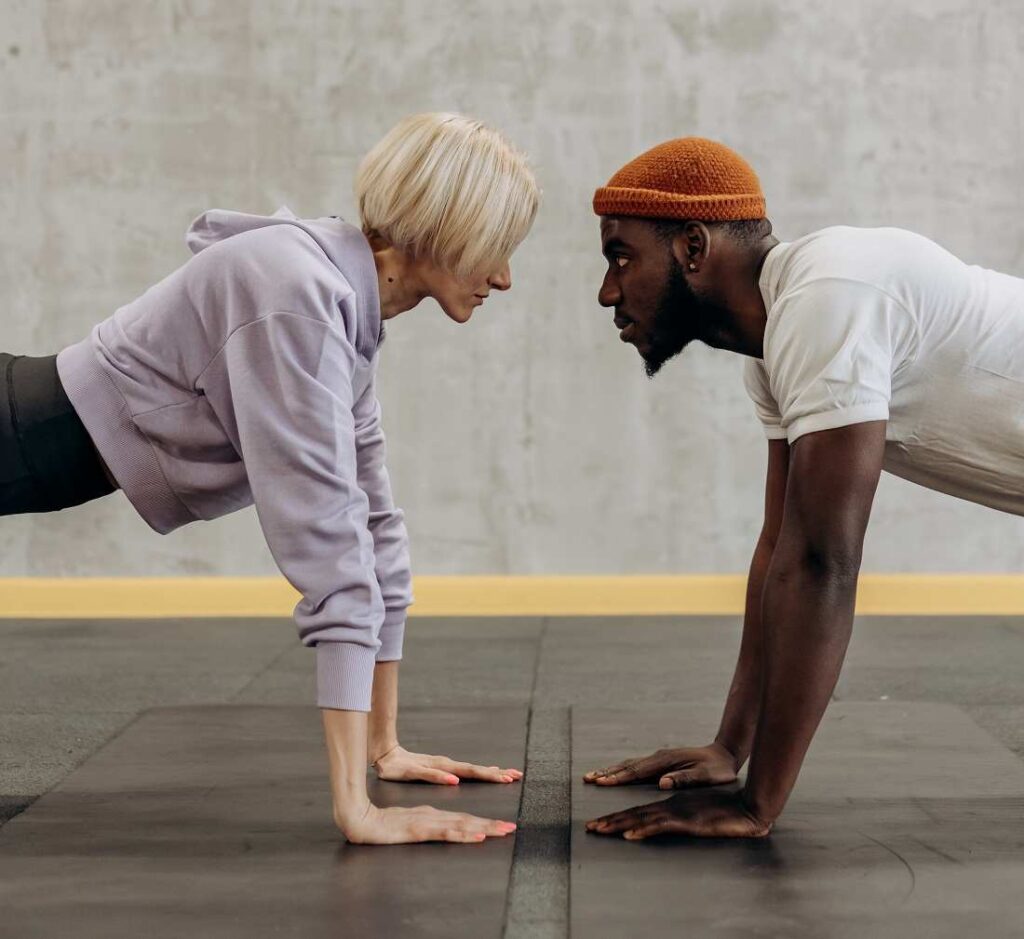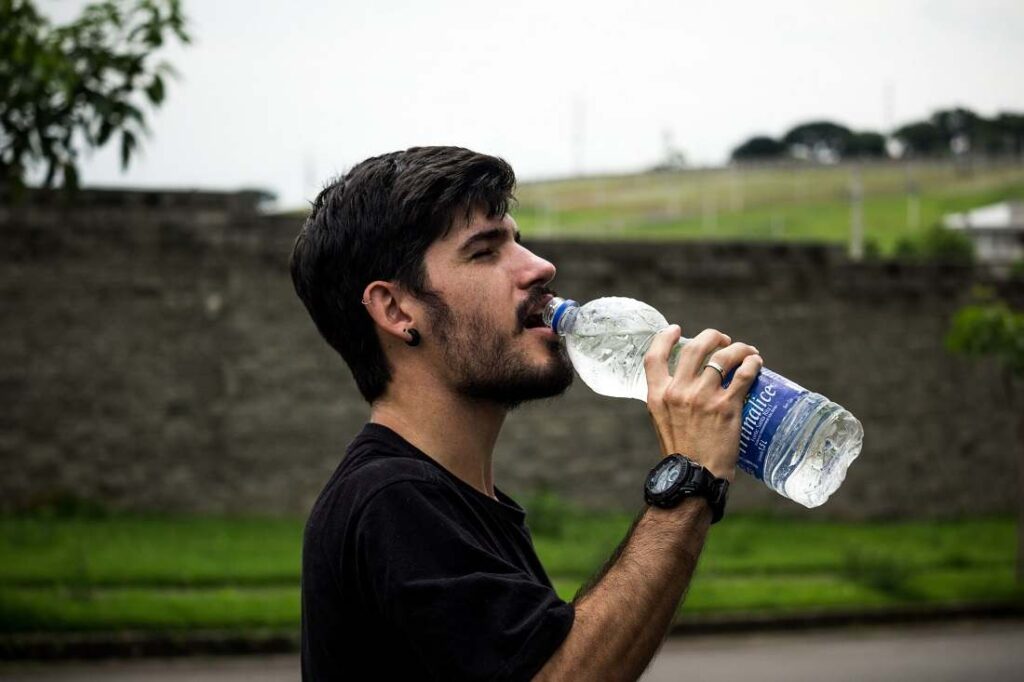
Is burning 1000 calories a day even possible?
Burning 1000 calories per day through physical activity is certainly possible, but it largely depends on the intensity, duration, and type of exercise you engage in, as well as your individual fitness level and body composition.
To put it into perspective, burning 1000 calories in a single workout session would require a significant amount of effort. For instance, activities like running, cycling, swimming, or intense aerobic classes can help you burn a higher number of calories per hour. However, the exact number of calories burned will vary based on factors like your weight, gender, and workout intensity.
Keep in mind that burning 1000 calories through exercise alone might not be feasible or sustainable for everyone, especially if you’re just starting out or have certain physical limitations. It’s generally recommended to set realistic goals and gradually increase your activity level over time.
In addition to exercise, it’s important to consider your overall calorie balance, which involves both calorie intake and expenditure. If your goal is to burn 1000 calories per day, you may need to adjust your diet accordingly to create a calorie deficit. Remember that a healthy and sustainable rate of weight loss is generally around 1-2 pounds (0.5-1 kg) per week, which corresponds to a calorie deficit of 500-1000 calories per day.
If you have specific health concerns or are considering making significant changes to your exercise or diet routine, it’s always advisable to consult with a healthcare professional or a registered dietitian who can provide personalized guidance.
How to successfully burn 1000 calories a day
Burning 1000 calories a day can be challenging and requires a combination of regular physical activity, a balanced diet, and lifestyle adjustments.
Here are 8 strategies that can help you achieve this goal:
1. High-intensity interval training (HIIT)
Incorporate HIIT workouts into your routine. These workouts involve short bursts of intense exercise followed by periods of rest. HIIT is known for its calorie-burning efficiency and can help you burn a significant amount of calories in a shorter time.

2. Cardiovascular exercises
Engage in activities that elevate your heart rate and increase calorie burn. Running, cycling, swimming, rowing, kickboxing, and aerobics are excellent choices. Aim for longer durations and higher intensities to maximize calorie expenditure.
3. Strength training
Include strength training exercises in your routine. While strength training may not burn as many calories during the workout itself, it helps build muscle mass, which increases your resting metabolic rate. This means you burn more calories even at rest!
4. Increase daily activity
Look for ways to be more active throughout the day. Take the stairs instead of the elevator, walk or bike for transportation when possible, do household chores, or incorporate movement breaks during your workday.

5. Be consistent
Consistency is key. Aim for regular workouts and try to be active most days of the week. This will help you accumulate calorie burn over time.
6. Monitor your diet
While exercise plays a significant role in burning calories, it’s important to maintain a balanced diet. Focus on consuming nutrient-dense foods that provide energy and support your exercise routine. Be mindful of portion sizes and consider tracking your calorie intake using a food diary or mobile app.
7. Stay hydrated
Drinking enough water can support your metabolism and help you feel more energized during workouts.

8. Get enough rest
Adequate sleep and rest are essential for overall health and fitness. Restorative sleep helps regulate hormones that influence appetite and metabolism, allowing you to optimize your energy expenditure.

Remember, it’s important to listen to your body and not push yourself beyond your limits. It’s also recommended to consult with a healthcare professional or a certified fitness trainer who can provide personalized guidance based on your specific needs and goals.


